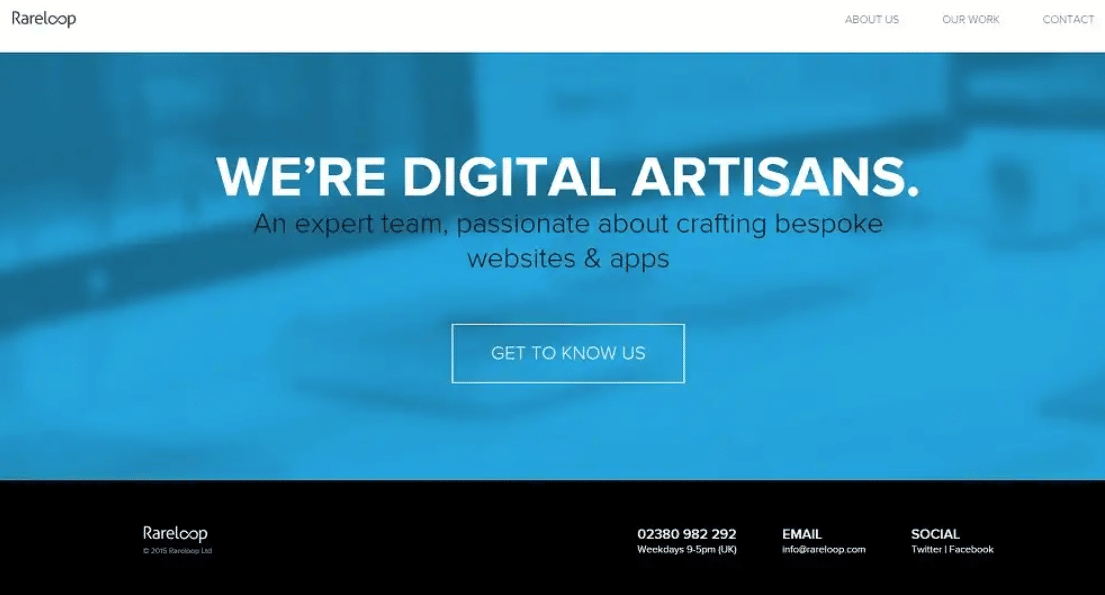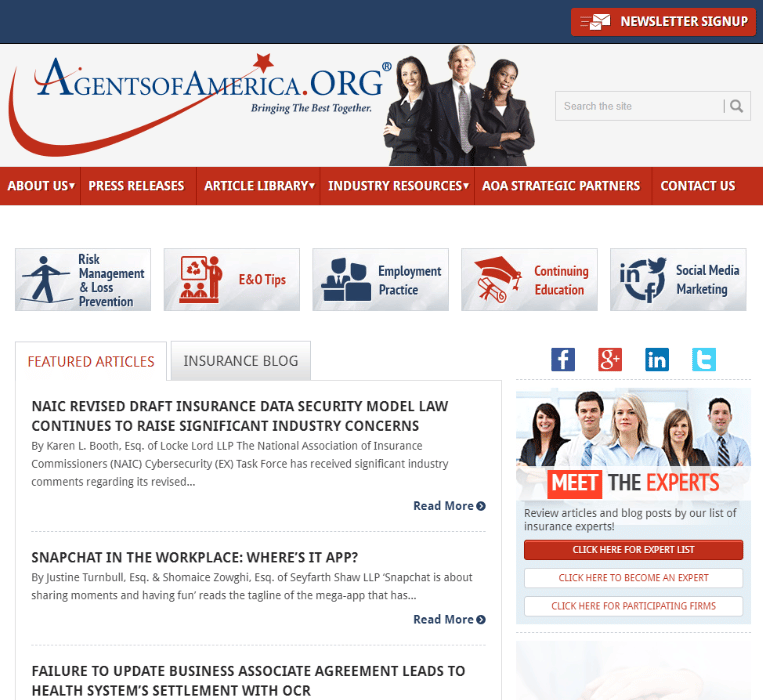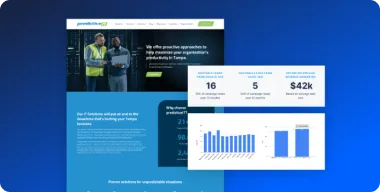In the world of online marketing, content is still king.
Content, in this case, refers to the text, also called copy, of a website — an important asset that plays a major role in a website’s success. Creative graphics, modern user interface/user experience (UI/UX) designs, and advanced site functionalities are powerful tools in a digital marketer’s arsenal, but content, when done right, is the game-changing element that can evoke emotional responses and inspire your audience to take action.
Engaging website content with a compelling narrative allows you to communicate your brand promise, foster relationships, create meaningful experiences for your audience, and strengthen their positive perception of your brand.
Let’s discuss how valuable content combined with an effective search engine optimization (SEO) strategy can turbo-charge your business growth by increasing conversions.
Consumers are not just Buying the Thing, they’re Buying the “Think” Behind it
As the front door to your business, your website is aimed at converting potential leads to customers. But in a crowded marketplace saturated with content noise, even the best ideas, products, or services are not immediately embraced, or worse, unseen. How can your business truly stand out and be top of mind in this highly competitive digital arena?
The initial stage in most modern consumers’ journeys is conducting research before they decide to make a purchase. With an endless selection of sellers or service providers to choose from, smart consumers are looking for the one who knows their stuff and is trustworthy.
By effectively communicating your business values and addressing client pain points, high-quality content helps showcase your expertise, build trust, and ultimately, drive sales.
Here are some useful techniques for leveraging well-written content to boost your web traffic, generate engagement, and increase leads that convert:
Understand your Audience and Speak to their Needs
Focus on writing content topics that address your target market’s unique needs, offer guidance, and provide value-adding insights on how your product or service can solve their problems. Don’t just talk about how great your product or service is — readers are here to solve their problems, and they don’t want to read about how great you think you are.
Write for Humans, not Search Engines
Prospects are people, not robots. While it’s ideal to adhere to SEO best practices to reach the widest audience, avoid loading up your content with high-performing keywords for the sake of ranking. Google’s AI is getting more advanced, and gaming the algorithm may even get your site penalized.
Be Concise and Straight to the Point
Use clear and catchy headlines to get your reader’s attention. It’s important for your audience to immediately know what they’ll get out of your content. Humans have a short attention span, so don’t bore or confuse them with massive blocks of text.
Stay Consistent
Consistently writing fresh, unique, and relevant content can influence your audience’s decision-making. Maintaining your brand’s unique voice and style across all channels also enhances credibility, builds reputation, and solidifies trust.
Don’t be Afraid to Experiment and Add Variety
Content comes in various forms. Aside from blogs, you can provide other lead-magnet content such as downloadable eBooks, whitepapers, how-to guides, cheat sheets, and more. Not only will these documents exhibit authority and expertise in your field, but they can also be used in creating engagement and generating more leads.
Track and Measure Results
Knowing which particular content is working will help you achieve your conversion goals. Taking a deep dive into your website’s performance and conducting a Google audit will help you discover which content ranks well and generates the most traffic or conversions, which ones get the most clicks, and other data-driven insights.
Take a look at some examples of content that work and those that missed the mark:
Examples of Good Content
Lush
Lush creates catchy and entrancing descriptions for their products to persuade people into buying them.

The language they use in their copywriting fits perfectly with their brand image – casual and conversational.

By ensuring that your website’s copy consistently reflects your brand’s unique voice, it will come across as authentic to your audience.
Basecamp

Basecamp is a widely used project management and team collaboration toolkit. In this example they have concise, efficient writing, but they also explain how their product can help address clients’ problems.
Pourri
Pourri is a company that makes odor-eliminating products. They have a refreshingly light-hearted approach, and even their Q&A section makes for a fun read:

As well as being entertaining, Pourri adds a human touch, showing that real people (with a sense of humor) are responding to users’ questions.
Examples of Content Fails
Rareloop

As we said before, you don’t want visitors to your site to read about how you think you and your product are the cat’s pajamas. “Digital Artisans” sounds cool, but it fails to inform readers in any detail about the solutions they offer.
The Hindu Business Line
To be fair, they do have a headline that catches readers’ attention:

If you’re looking to instill a sense of competence and professionalism in readers, obvious mistakes in the title are a terrible way to make a first impression.
Agents of America

One of the reasons this website doesn’t work is because it’s not clear what agency or agents are being discussed. It’s also difficult to tell what, exactly, they offer. The site looks more like a blog without any real focus.
Flashy Websites Catch Attention, Great Copy Converts
An effective online marketing strategy includes effective content that tells a compelling story and influences people to take action. When it comes to content, quality over quantity is the name of the game. Writing “filler” or “fluff” content — long sentences that don’t really say much — just for the sake of filling up space won’t get you the results you want.
You need to produce carefully crafted copy that resonates well with your audience, so they are more likely to believe in what you’re saying.
In parallel with SEO, organizations should first consider creating content that provides value before going further in their search engine optimization strategy. Getting people to your page is vital, but it will be for nothing if they are put off by sub-par copy that is stuffed with keywords.
It takes virtually no time for a reader to go on to the next tab they have open (with a competitor’s site) if your content doesn’t hold them there. The more quality content your audience sees, the longer they stay on your site, and the higher your chances of converting.
If you need to engage more readers and convert more prospects with content that works, or if you’re interested to know more about how to marry your content marketing efforts with an effective SEO strategy, our writing team can help. Contact Pronto now for a complimentary consultation.






